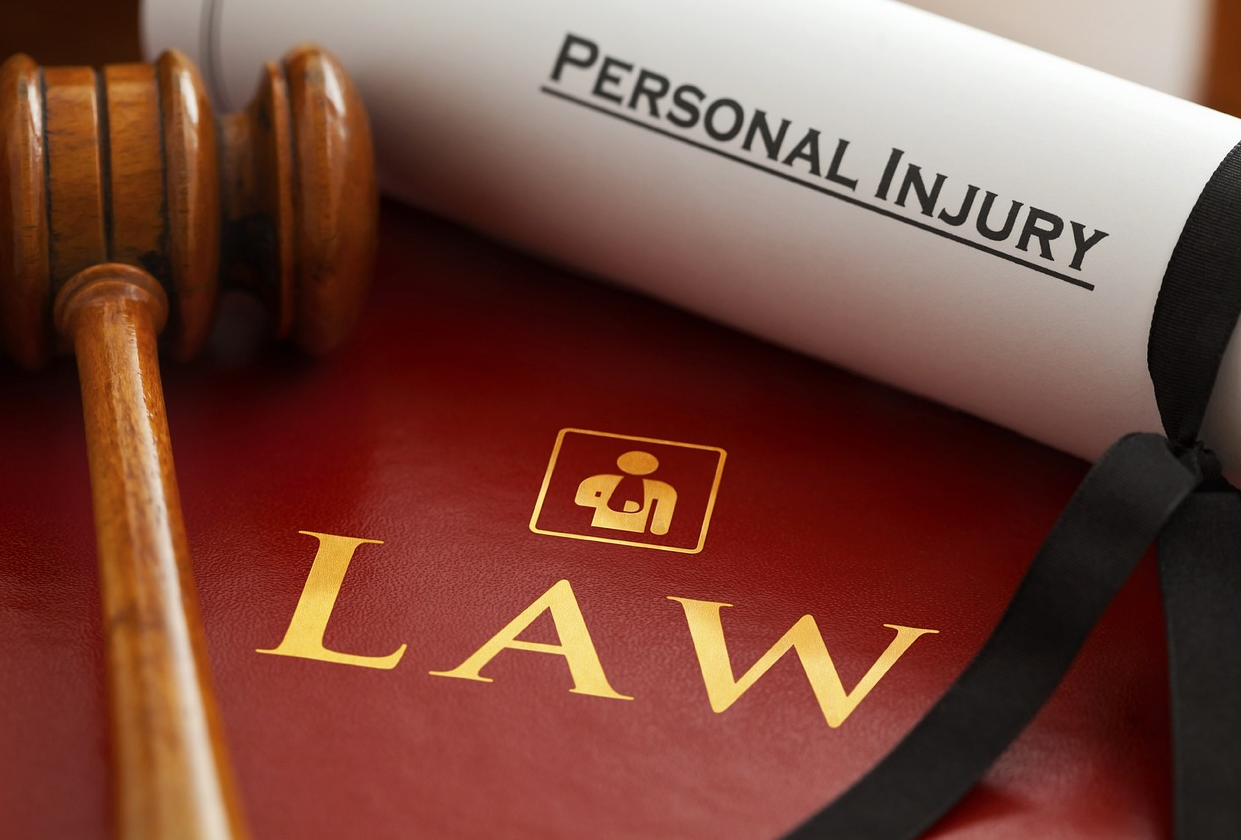Modern civil disputes are more layered than ever, often crossing state lines, implicating digital evidence, and touching on complex regulatory frameworks. Individuals and organizations need advocates who understand how to align legal strategy with business realities and personal priorities. Del Sole Cavanaugh Stroyd LLC approaches each case with an eye for both immediate relief and long-term stability, guiding clients through tort, property, employment, and commercial conflicts. Their Civil Litigation Services integrate thorough investigation, practical negotiation, and readiness for trial so that matters move with clarity and purpose. What follows is a deeper look at common case types, how evidence is built into compelling claims, the balance between courtroom advocacy and mediation, the risk assessment that shapes decisions, and how seasoned counsel achieves equitable outcomes on a sensible timeline.
Types of civil cases addressed by litigation specialists
Civil litigation spans far more than contracts and injury claims; it encompasses the business relationships, property interests, and employment dynamics that govern daily life. Litigation specialists identify the controlling statutes and cases while mapping the facts to elements like duty, breach, causation, and damages. They assess not only liability but also remedy—money damages, injunctions, or declaratory relief—because the appropriate remedy often shapes the right strategy. In practice, the best results come from early clarity: defining what “winning” looks like, what evidence supports that vision, and where opposing evidence might pose risk. That clarity also helps set expectations about timing, cost, and the roles each party will play as the dispute unfolds.
Key domains and emerging trends
Tort claims commonly involve negligence, professional malpractice, and product liability, with attention to the standards that govern conduct and the proof necessary to link alleged harms to specific acts. These cases often turn on expert testimony, medical records, and the credibility of witnesses, requiring disciplined preparation and thoughtful cross-examination. Product disputes may add layers involving design, warnings, and regulatory compliance, while malpractice cases demand a careful reading of professional norms. Insurance coverage questions frequently run in parallel, influencing defense strategies and settlement opportunities. As electronic evidence proliferates, litigators must manage metadata, audit logs, and device-level forensics to satisfy the court’s expectations and the parties’ discovery obligations.
Contract and commercial disputes range from straightforward breaches to claims of fraud, misrepresentation, and unfair competition. Business divorces, partnership conflicts, and trade secret cases introduce high stakes and the need for quick, protective measures like temporary restraining orders and preliminary injunctions. Property matters often include boundary disputes, adverse possession questions, easements, and landlord-tenant issues, sometimes overlapping with municipal law and zoning boards. Employment disputes frequently involve discrimination, harassment, retaliation, wage-and-hour compliance, and restrictive covenant enforcement. Across these categories, the themes are consistent: establish a coherent theory, maintain evidentiary discipline, and move deliberately to the forum most likely to produce relief.
How legal teams prepare evidence and build compelling claims
Evidence is the backbone of any civil claim, and the best case theories are shaped by the facts that can actually be proven. From the outset, legal teams focus on preservation: litigation hold notices, custodian interviews, and protocols to protect privileged materials. They build a timeline that weaves together documents, emails, financial records, and testimony so the narrative is compelling and logically sound. Counsel scrutinizes jurisdiction and venue, evaluates applicable limitations periods, and considers early motions that could streamline issues. The goal is not simply to gather evidence, but to craft a clear, credible story that resonates with both judges and juries while anticipating the opposition’s counter-narrative.
From investigation to presentation
Discovery planning requires precision, including tailored requests, protective orders, and negotiated ESI protocols to control cost and prevent spoliation. Teams identify key custodians, track chain of custody for sensitive items, and leverage forensic tools to recover, authenticate, and analyze digital materials. Expert selection is equally strategic: choosing specialists whose methodology satisfies evidentiary standards and whose testimony can translate complexity into accessible insights. Damages models must be defensible and well-documented, whether they involve lost profits, diminution in value, or pain and suffering. Thoughtful witness preparation, deposition sequencing, and demonstratives create a cohesive presentation that points the fact-finder toward the desired conclusion.
As evidence takes shape, counsel constantly tests the narrative—through mock arguments, focus groups, or internal devil’s-advocate reviews—to close gaps and reinforce key themes. Timely motions to dismiss or for summary judgment can narrow disputes and eliminate weak claims, sharpening the issues that go to trial. Pretrial orders, exhibit lists, and jury instructions are drafted early to maintain momentum and avoid surprises. Negotiation remains active throughout, informed by a realistic assessment of risks and the evolving evidentiary record. When Civil Litigation Services are coordinated in this way, the process yields a persuasive claim backed by reliable proof, rather than a stack of disconnected documents.
Courtroom advocacy versus mediation approaches in civil law
Trial and mediation are not simply alternative paths; they are distinct disciplines that serve different ends. Courtroom advocacy seeks a binding, public resolution through the structured rules of procedure and evidence, while mediation leverages confidentiality and flexibility to explore creative solutions. The choice can hinge on whether a client needs injunctive relief, a precedent-setting decision, or public vindication—goals often better met in court. Conversely, when speed, privacy, and control over outcomes matter most, mediation can be the more effective forum. Savvy litigators evaluate timing carefully, recognizing that early mediation may serve some disputes, while others benefit from limited discovery before meaningful talks.
Choosing the path that fits the dispute
Trial is well-suited for disputes that require court-ordered enforcement or the moral authority of a verdict to shift conduct. It can also be optimal when the record strongly favors one side and the adversary refuses a reasonable settlement. Experienced trial counsel craft opening statements that frame issues clearly, use cross-examination to test credibility, and build closing arguments that connect the law to the evidence with precision. In cases involving public interest, precedent, or deterrence, litigating to judgment can carry weight beyond the immediate parties. The key is to ensure that the evidence and legal standards align tightly with the relief sought.
Mediation, by contrast, offers procedural informality and the guidance of a neutral who helps the parties search for overlap between positions. It allows for confidential exchanges, including risk admissions that might never occur in court, and the possibility of tailored remedies that address business concerns not just legal claims. Effective preparation includes compelling mediation briefs, candid risk assessments, and realistic proposals grounded in the evidence. Parties should arrive with a clear BATNA and flexible settlement authority to capitalize on momentum. Many firms coordinate courtroom readiness and negotiation in tandem, ensuring that their Civil Litigation Services keep pressure on the merits while remaining open to practical resolution.
Risk assessment and client consultation in dispute resolution
A rigorous risk assessment gives clients the clarity to choose the path that best advances their interests. It incorporates legal merits, evidentiary strength, procedural landmines, and the human factors that can sway outcomes. Financial modeling is essential: expected value analyses, cash flow effects, insurance coverage, and the cost of discovery relative to potential recovery. Counsel also considers reputational impacts, business relationships, and regulatory exposure, all of which can alter the value of settlement versus trial. By stress-testing assumptions and documenting the rationale, both lawyers and clients can adjust strategy as the case evolves.
Tools that ground decisions in reality
Decision-tree analysis helps quantify different pathways, assigning probabilities and costs to each branch so the client sees the range of plausible outcomes. Short, iterative memos translate legal complexity into actionable insights, using plain language to explain risk bands and timelines. Fee structures are aligned with goals, whether hourly, contingency, success fees, or hybrid arrangements that incentivize efficiency and performance. Phased budgets allocate resources to the most impactful tasks first—early motions, targeted depositions, or mediation—so the spend makes sense at each stage. The objective is discipline: spend where it moves the needle, pause where returns diminish, and revisit assumptions as new facts appear.
Client consultation is a cadence, not a single meeting, and it thrives on candor, predictability, and measurable progress. Regular check-ins define decisions to be made, options on the table, and the evidence needed to move forward. Clear communication protocols set who approves what, how quickly, and with what documentation, preventing last-minute scrambles or misaligned expectations. Ethical considerations—privilege, confidentiality, and conflict management—are reaffirmed as the case grows more complex. With this framework, Del Sole Cavanaugh Stroyd LLC ensures that strategic choices reflect the client’s priorities, that authority levels are respected, and that each step is recorded for accountability.
Leveraging experience to achieve timely and equitable outcomes
In civil disputes, experience converts uncertainty into structure: lawyers who have seen similar fact patterns can predict friction points and preempt them. Experienced teams know when to press a motion, when to expand or narrow discovery, and when a settlement window is opening. They develop rapport with courts and opposing counsel, streamlining scheduling and reducing avoidable delays. Equitable outcomes often mean more than money; they can include operational changes, negotiated acknowledgments, or targeted injunctive relief. The hallmark of seasoned counsel is a focus on momentum—moving the case forward without sacrificing thoroughness.
Turning strategy into measurable results
On the ground, experience translates into drafting sharper pleadings, framing issues so the judge sees the heart of the dispute, and deploying experts who can carry complex points without overreaching. Practical know-how helps secure protective orders early, manage electronic discovery with proportionality in mind, and plan depositions that surface the best testimony with minimum disruption. Teams use project management tools to track milestones, dependencies, and budgets, creating transparency around what is done and why. Settlement posture is calibrated through well-timed demands or offers, backed by the record and a concrete plan for what comes next if talks falter. When Civil Litigation Services operate with this discipline, favorable resolutions arrive faster—and tend to stick.
Clients also benefit when firms institutionalize learning—capturing templates, checklists, and outcome data to refine strategy across matters. Post-resolution reviews identify what worked, what should change, and where additional training or technology could tighten execution. Metrics like cycle time, cost-to-value ratios, and enforcement success rates keep attention on results rather than activity for its own sake. By pairing rigorous process with human judgment, seasoned litigators deliver relief that feels fair and arrives on a schedule the client can live with. This is where the depth and focus of Del Sole Cavanaugh Stroyd LLC stand out: experience becomes a practical advantage that frames every choice and accelerates progress without compromising quality.



